What to do if your child has stomach upset
Children with gastrointestinal upset have increased. Colds, infections, improper diet, irregularity, and fullness can cause children''s digestive disorders to occur. Common symptoms include decreased appetite, vomiting, diarrhea, constipation, and nausea. What should I do if my child has gastrointestinal discomfort? The following introduces some methods and medications (suitable for children with mild illness and older children). If the child has severe symptoms and is urgent, please go to the hospital immediately. (The following method is also suitable for adult big friends)
(一)Hunger therapy
As the saying goes: "Eat one day and drink soup on the tenth ". Eat too many children, when he has no appetite, nausea or mild vomiting, the best way is to hunger him, or say the child is not very hungry, do not give him to eat. At the same time limit him to eat greasy Meat and eggs and potato foods, let the child''s gastrointestinal rest. Just give him some porridge or vegetable soup. This trick is not suitable for infants under one year old who mainly eat milk. You can buy them specifically for diarrhea Eat lactose-free milk powder for your child. Excessively.
(二)Prevent dehydration
It doesn’t matter if the child does not eat, but to prevent more serious dehydration. Some parents make some sugar saline for their children after the child has diarrhea, which makes sense. However, the best sugar saline is more reasonable to choose oral rehydration salt (ORS solution), which is sold in general pharmacies. A small bag of money, boiled with 500 ml of water, let the child take a small amount of frequent consumption, how much can be. But children under three years of age do not follow the instructions, you can use more water, because the standard oral rehydration salt concentration is for children It is a bit high, it can be hydrated with 700 or more, which is safer.
(3) laxative
When the child has vomiting, nausea At that time, even if you are not constipated, you should ask the child''s stool. If there is no stool within a day, you can give the child a laxative to defecate and expel the stool in the body, which will also promote the recovery of the intestine. Well, this trick is not suitable for children with diarrhea.
(四)Testing stools
If your child has diarrhea, you can send your child''s fresh stools quickly Go to the hospital for testing (within half an hour). The results of the stool can help the doctor choose the medicine for you, whether you need to use antibiotics, etc. Pay attention to the stool collection of small babies, do not collect paper (cloth) urine and brie stool, because the paper (cloth ) Part of the ingredients will be adsorbed away, leading to inaccurate laboratory tests.
The drug is mainly for non-infectious diarrhea. It is selected according to different situations. For details, please consult your doctor.
1, gastric mucosal protective drug
can form a thin film on the gastric mucosa, so that the gastric mucosa will not be eroded by gastric acid, pepsin, food, etc. Drugs that protect the gastric mucosa have minimal side effects.
Representative drug: double octahedral montmorillonite (Smecta)
This drug not only has a strong covering capacity for the digestive tract mucosa, but also can adsorb pathogens. Mainly used to treat acute and chronic diarrhea, especially for children with viral diarrhea (such as autumn diarrhea), because it has no bactericidal effect, it cannot replace antibiotics.
There are particularities about taking this medicine. First, there is a concentration requirement. One pack of 50 ml of water is used. Follow the instructions to give children of different ages one or divided feedings. Do not swallow this product directly into the mouth. Or take it after making it into a paste; the second is to drink it on an empty stomach, because this medicine can affect the absorption of other drugs, such as when it is used in combination with antibiotics, micro-ecological preparations, etc., before taking this product 1 h Take antibiotics and micro-ecological preparations.
2. Micro-ecological preparations
is based on the principles of micro-ecology and adjusts the micro-ecological imbalance to maintain the micro-ecological balance and improve the health of the host. Preparations made with normal microorganisms or promoting substances that are beneficial to the host.
Representative medicines, bifidobacterium, compound lactic acid bacteria intestinal agent (trade name: mommy love), etc.
This kind of medicine can supplement physiological beneficial flora and inhibit the excessive reproduction of harmful flora. It is mostly ancillary medicine in clinical practice, and it should not be combined with antibiotics, because the antibacterial and bactericidal functions of antibiotics may be reduced Or kill these live bacteria, thereby reducing the efficacy of drugs. It should be noted that these drugs are afraid of high temperatures, and the water temperature should not be higher than 40 degrees when taking. In addition, the storage conditions of micro-ecological preparations have special regulations, The appropriate storage temperature is 2 ~ 10 ℃, so the remaining drugs should be placed in the refrigerator to refrigerate.
3. Digestive aids
is a drug that promotes digestive function of the gastrointestinal tract.
Representative drugs: pepsin, pancreatin, multi-enzyme tablets, Mai Feiming (Lactase), etc.
This kind of medicine is often used for digestive disorders caused by eating too much protein food or when the digestive function is reduced during the recovery period after illness. It should be taken before or during meals.
It should be noted that this kind of medicine can not be taken with alkaline drugs (such as sodium bicarbonate), otherwise it will reduce its vitality; pancreatin, multi-enzyme tablets are enteric coated tablets, which can delay the drug into the intestine It is released to avoid the disintegration and destruction of the drug in the stomach.These preparations have a special manufacturing process, so they cannot be chewed or broken apart.For example, pancreatic enzyme tablets can cause oral ulcers after being crushed; Mai Feiming and antibiotics will reduce its efficacy When taking the above two drugs at the same time, it should be written that Mai Feiming should be taken before meals and antibiotics should be taken after meals.
4. Stomach-stimulating drugs
Stomach-stimulating drugs can restore upper abdominal gastrointestinal motility, improve esophageal sphincter tone and improve gastric emptying And strengthen intestinal peristalsis, mainly used to treat various dyskinesias of esophagus and gastrointestinal tract.
Representative drugs: domperidone (trade name: morpholine), cisapride (trade name: preribes), etc. When the child has severe vomiting and cannot eat, the drug can be used for a short time to promote the child to resume eating. This medicine must be taken before meal 15 Take it for min. Because such drugs may cause neurological side effects in young infants, < Babies of 1 year old must be under the supervision of a doctor before they can use it. For older children, pay attention to the use of this drug, such as gastrointestinal bleeding, intestinal obstruction or perforation, etc., such drugs are prohibited.
5. Antiemetics
Antiemetics are drugs that suppress the reactions of different links of vomiting and have an effect on intractable vomiting.
is representative of chlorpromazine, metoclopramide.
These drugs have high side effects and are usually used in hospitalized patients. Parents cannot use them privately.
6. Antidiarrheal drug
This drug can increase intestinal tension, inhibit intestinal peristalsis, delay intestinal contents, and prevent severe diarrhea that is difficult to control.
Representative medicine: Diphenoxylate (phenethyl piperidine)
This medicine is used in the clinical short term. The drug has many side effects. The pharmacopoeia stipulates that children under 2 years of age are prohibited. Therefore, parents should not purchase without permission of the doctor.
In short, when a child has a digestive system disease, he must first look for the cause of the disease. According to the etiology, some auxiliary drugs are selected according to the actual situation of the child. The first three drugs introduced above are safer and can be used alone or in combination. The latter three, without the permission of the doctor, do not buy them privately.
Related Articles
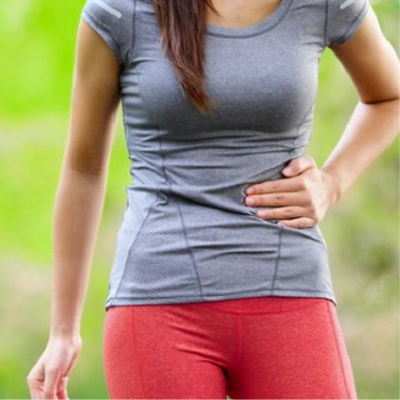
- What are the symptoms of Crohn's disease?
- 2020-12-17
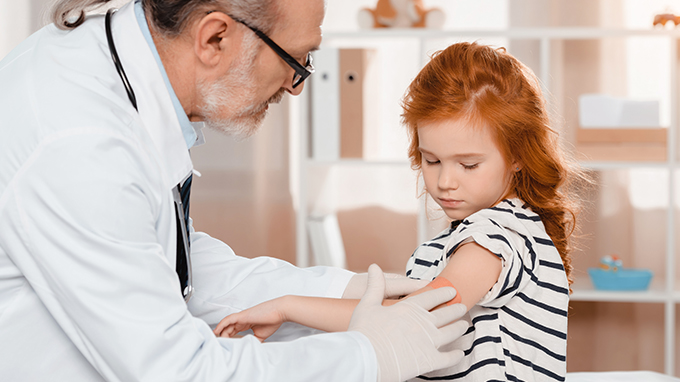
- Teach you a few tricks to deal with your child's jaundice
- In the clinic, we found that half of the newborn babies will become yellow (60% full term infants, 80% premature infants). Such children are usually diagnosed as neonatal jaundice. The reas
- 2020-08-02

- Why Chinese mothers breastfeeding rate is not high
- Today, the proportion of Chinese mothers who breastfeed exclusively is not high. Information shows that the proportion of Chinese mothers who are "breastfeeding" is 52.4%; followed
- 2020-08-02
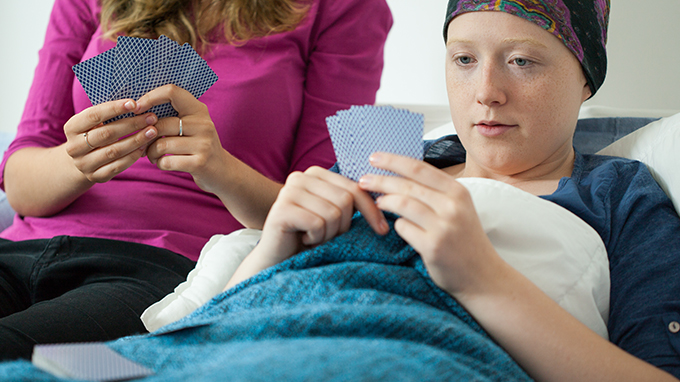
- Breastfeeding children are more adaptable to the outside world
- Breastfeeding has many benefits. The latest research shows that breastfeeding children are more adaptable to the outside world. Studies have shown that breastfeeding children aged 0 to 1 y
- 2020-08-02
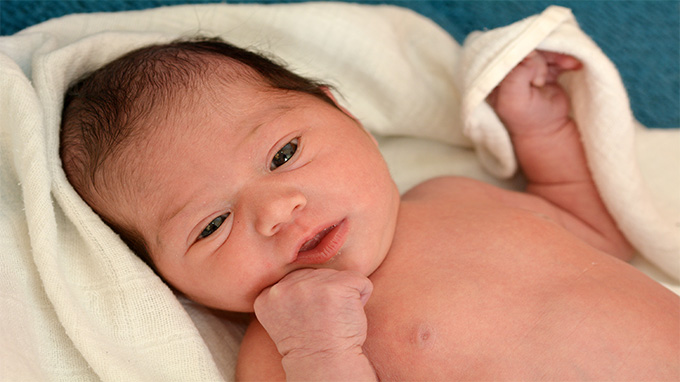
- Breastfeeding is good for mothers
- Everyone knows the benefits of breastfeeding, and has repeatedly emphasized that 4-6 months of exclusive breastfeeding is enough. However, according to surveys, breastfeeding rates in China
- 2020-08-02
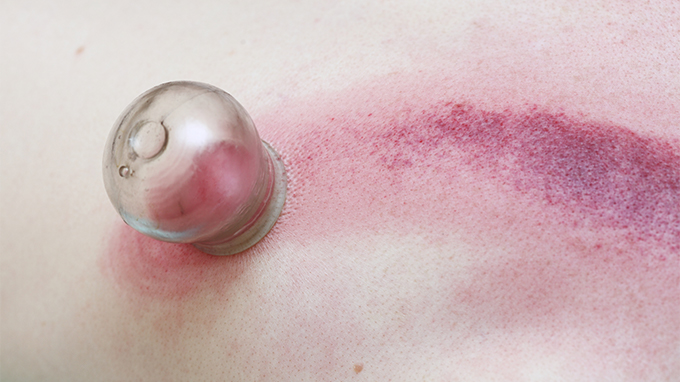
- Baby grow up, how to add food supplement
- Xiaobao is 7 months old. The baby''s grandma said that it is time to add supplementary food to the baby. This morning, Grandma carefully steamed the eggs for her grandson. She told
- 2020-08-01
